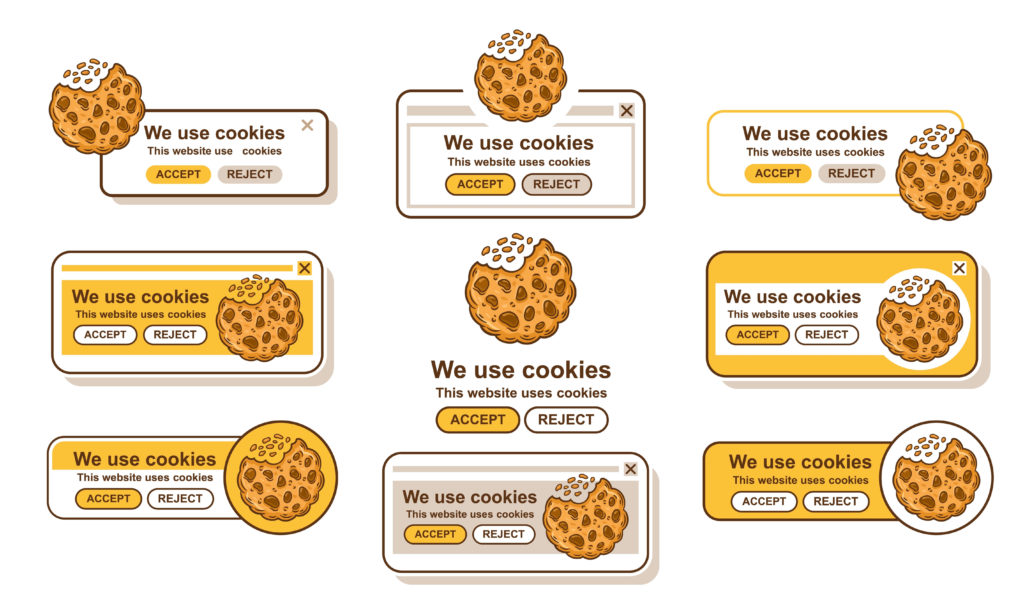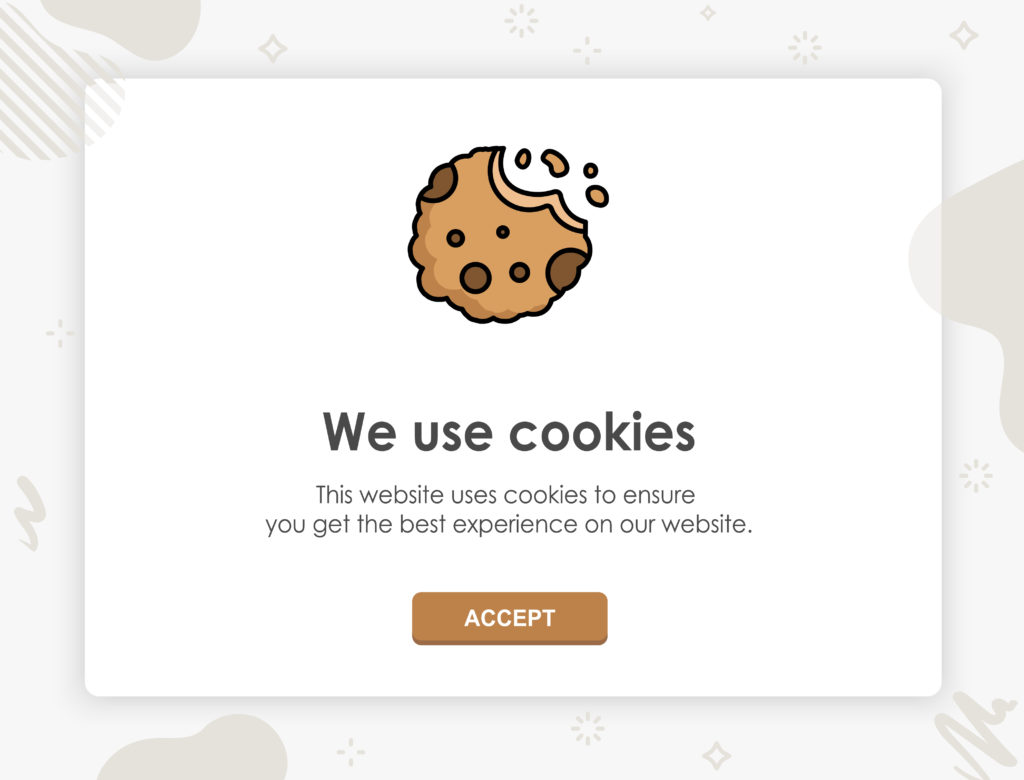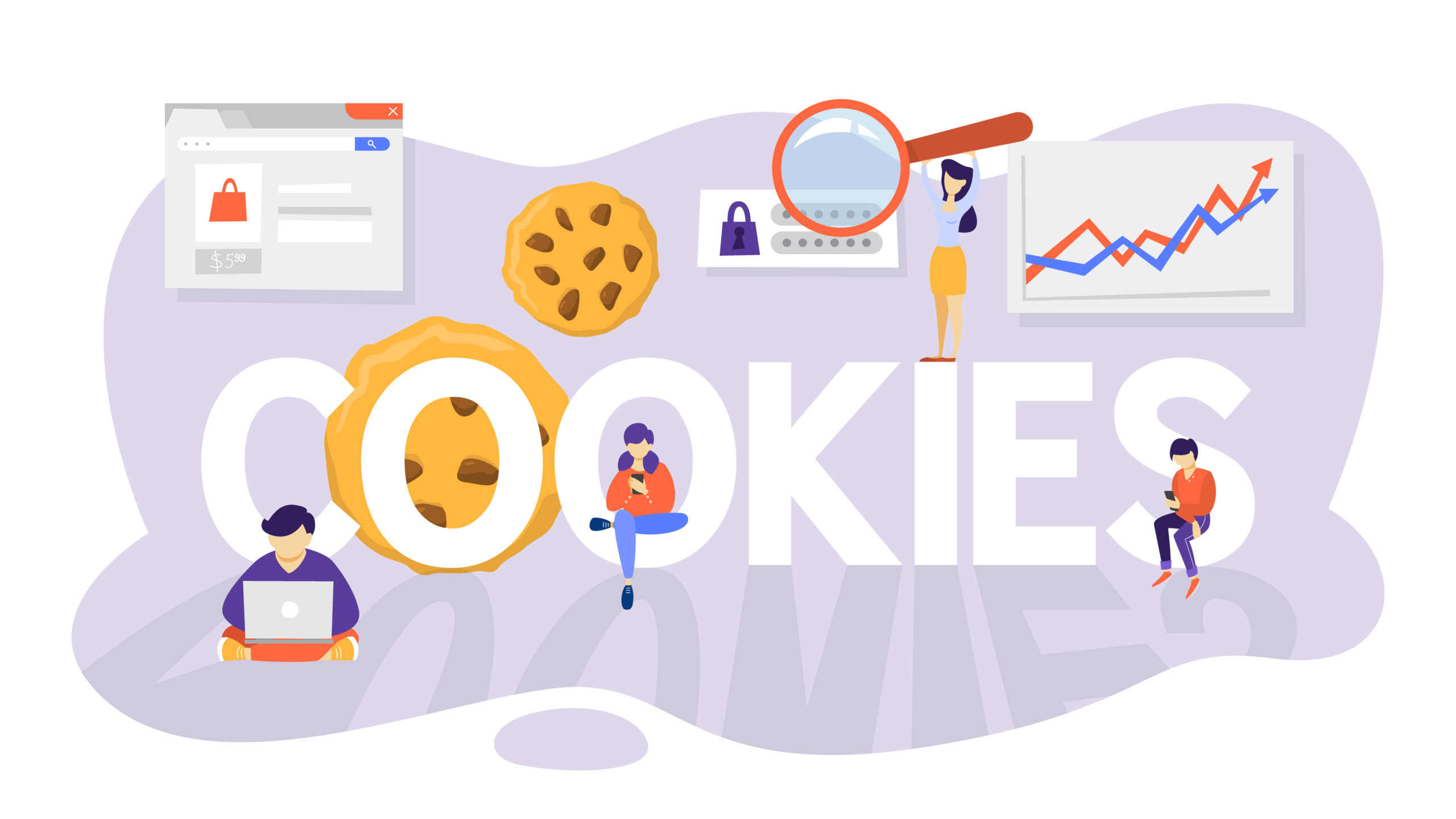If you haven’t heard the news, Google has decided to pull the plug on third-party cookies due to data privacy concerns. This move is part of the search engine’s larger strategy, Privacy Sandbox, a less intrusive solution to targeted advertising.
The death of third-party cookies is especially unfortunate for marketers because it compromises your personalized marketing efforts. Fortunately, Google has pushed the phase-out to 2024, giving you more time to readjust your personalization strategies.
If you’re in the middle of preparing for the impending demise of third-party cookies, you’ve come to the right place. Here, we’ll explore tips to help you prepare for a cookieless future.

Before we get on to the cookieless advertising strategies, let’s first discuss what third-party cookies are. Third-party cookies are those set by a domain other than the one you’re on, hence the term “third-party.” The cookies let the third-party site track a user’s browsing behavior, purchase history, and content preferences, among other information.
For example, you might notice that some news sites have embedded Facebook like or share buttons. Clicking on them sets a Facebook cookie on your computer, even though you’re not on the Facebook website.
Third-party cookies inform you about your visitors’ information on external domains, including their:
- Location
- Interests
- Purchases
- Browsing history
- Frequented sites
This data lets you build detailed user profiles that can help you tailor your marketing campaigns. Ultimately, third-party cookies enable you to provide a hyper-personalized experience for your target audience, which helps build their affinity to your brand.
However, the death of third-party data might make popular personalization strategies trickier to implement. You’d need to find novel approaches to user behavior tracking or reuse older ones to replace your reliance on third-party cookies.

Cookies existed years before Google’s establishment. However, the company’s decision to eliminate third-party cookies sets a precedent for the future of advertising, as the company holds 83% of the global market share in search engines.
Given that this move results from information handling concerns, your future tracking implementations must uphold the trend of data privacy. While personalization is an essential aspect of advertising, marketers must find new ways to boost engagement while earning their audience’s trust.
In a cookieless future, marketers would need to drop their reliance on third-party cookies for more direct approaches. It’s an opportunity to develop new tactics to overhaul your marketing operations.
Ways to Prepare for a Cookieless Future

Google has delayed its plan twice—from the original 2022 schedule to the latest 2024 extension. While the implementation is still on the horizon, it’s best to prepare with the following strategies.
1. Leverage first-party data
Although third-party cookies provide insightful customer data, don’t forget that you still have first-party data. These are information collected directly from your website, including subscriptions, onsite activities, and purchases.
Improve your first-party data collection processes before Google’s implementation springs into action. It’s important to analyze how users use your app or website and their transactions to help shape your operations without relying on third parties.
Some data collection techniques are user registration and single sign-on, which provides visitors the option to sign in using their Google or Facebook accounts. Another strategy is progressive profiling, where you explore firmographic, demographic, and other types of data that reveal insights about your different customer segments.
2. Look for second-party cookie partners
You need to find other data sources to fuel your marketing campaigns without third-party cookies. An excellent replacement is second-party cookies, which are distributed from one domain to another via a partnership.
Suppose your business is a shipping service. You could partner with an ecommerce site and purchase first-party data from them (e.g., purchase history, location), which subsequently becomes second-party cookies.
Moreover, second-party cookies don’t exclusively rely on partnerships between two companies. You could also transact with packaging enterprises and other shipping services to create a data exchange network that benefits all participants.
3. Bring back contextual targeting

Another alternative to your third-party-cookie-driven personalization tactics is contextual targeting. Contextual targeting involves personalizing ad campaigns to appear only on relevant sites. Following the shipping service example, you could create a pay-per-click (PPC) ad for a nearby person visiting a blog post about shipment packaging tips.
In this example, your ad is relevant to the reader because of two things:
- The ad aligns with what they’re interested in.
- It directly addresses their needs due to your proximity.
4. Experiment with cohort-based marketing
Cohort-based marketing is concerned with the Federated Learning of Cohorts (FLoC). This approach groups people (cohorts) with similar web activity and targets ads based on common interests. Thanks to segmentation, FLoC protects user data from individual tracking while making highly targeted ads possible.
FLoC uses both first-party and third-party data to segment users, so the lack of the latter won’t invalidate the process.
5. Keep an eye on emerging addressability solutions
The previously discussed solutions are popular examples of addressability solutions, but expect to see more options as 2024 draws near. Other examples include:
- Probabilistic
It involves studying your customers based on their device’s metadata (e.g., browser, Internet speed).
- Walled gardens
More common among social media sites, walled gardens deal with studying user behavior, including likes, history, and views.
- Authenticated users
You can collect data through a validation process, typically with account registrations.
Brace Yourself for the Cookieless Future
The digital marketing landscape is ever-evolving, so it’s part of your role as a marketer to adapt to these changes quickly. Assuming Google doesn’t delay its plan beyond 2024, you’d need to implement adjustments to your marketing strategies. Otherwise, your relationships with your new and existing customers might suffer.
With that said, plan and stay updated on emerging solutions to keep your brand ahead of the curve.
The demise of third-party cookies entails extensive operational adjustments to avoid its negative impacts. Hence, working with an experienced digital marketing agency could help you re-strategize your campaigns.
Get in touch with our experts at Spiralytics to learn how we can help boost your brand’s marketing efforts today!





